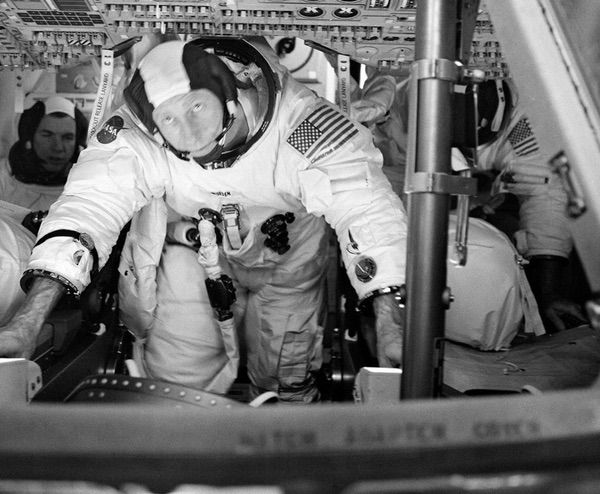The emergence of the novel coronavirus and its associated disease, COVID-19, has led to a global pandemic and a call for individuals, in the name of overall public health and an attempt to prevent national medical systems from being overwhelmed with too many patients at once, to self-isolate, self-quarantine, and practice social distancing. Many of us are confronted, for perhaps the only time in our lives, with an uncertain span of time in solitude.
Although this is the first time we’ve seen this particular phenomenon, social distancing isn’t a new invention. Humans have always had good reasons to withdraw from society, often for the greater good. Among the champions of isolation and social distancing are astronauts and cosmonauts—including the late Al Worden—whose time in space has often been spent in extended periods of cramped loneliness, away from family and friends. They can serve as inspiration in these difficult times.
As a cultural anthropologist, my research focuses on human behavior, particularly types of behavior shared by groups, and it is clear that social distancing is unusual. Human beings are gregarious creatures and we do tend to be found in “corporate bodies,” ranging from small bands of 30 to 50 people all the way up to huge cities filled with millions. In band societies, everyone knows everyone else and there’s generally shared work, shared play, and lots of shared gossip. In larger societies, where we may be surrounded by virtual strangers, celebrities seem to fill in as the people everyone knows, giving us membership in a community where celebrities are “shared points of reference” (Hermes and Kooijmann 2016). I may not know you well, but we can probably talk to each other about Sigourney Weaver and Tom Hanks.
